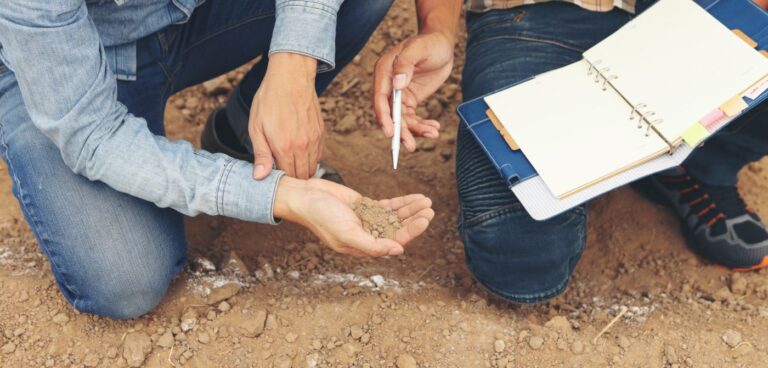Researchers from the Conservation Research Department at Dunhuang Academy in China have discovered evidence of the long-hypothesized link between soil, air humidity and atmospheric pressure.
The air in the soil, or vadose zone, is called earth-air. Studies have long suggested that earth-air undergoes a passive breathing effect due to atmospheric pumping. The earth-air can be modeled as an ideal gas in a closed system, so that the volume of earth-air varies as the atmospheric pressure (AP) fluctuates. When AP rises, earth-air is compressed and external air is drawn into the vadose zone. Conversely, when AP drops, earth-air expands and moist earth-air enters the atmosphere. In arid regions, there is a moisture gradient in soil due to dryness of the climate – the humidity is relatively low in the upper soil layer, and relatively high in the subsoil. Therefore, if earth-air undergoes passive breathing, the humidity of earth-air will fluctuate with AP. This means that passive breathing of the earth-air should leave traces in the recorded moisture which exactly match AP fluctuations.
This research uses a trap to monitor humidity in 30cm gravelly sand and shows that it fluctuates with atmospheric pressure (AP). The researchers found that relative humidity (RH) in soil negatively correlated with the atmospheric fluctuations. The correlation between 10-min average AP and RH timeseries reaches −0.75 for the time-periods of 20 days. This study therefore provides a new understanding in land-atmosphere heat/mass exchange from the perspective of vertical fluid dynamics.
Hongshou Li, Shunren Wang, Fei Li, Yipu Gong and Xiaowei Wang published the paper, named Passive Breathing of Earth-Air: “Fingerprint” Evidence From Moisture Records, on May 18, 2022, in the Journal of Geophysical Research.



